This ancient treatment is often a complement to acupuncture
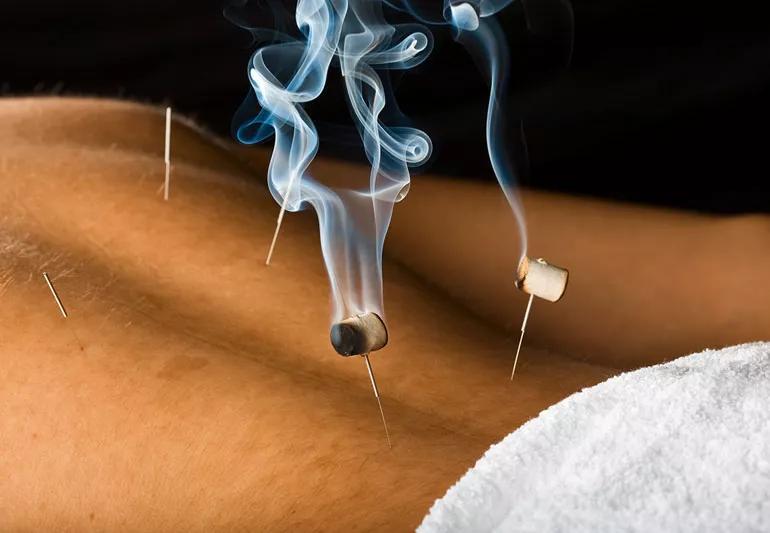
Ahhh, acupuncture. This relaxing treatment has historically been used to address everything from allergies and headaches to chronic pain, depression and infertility.
Advertisement
Cleveland Clinic is a non-profit academic medical center. Advertising on our site helps support our mission. We do not endorse non-Cleveland Clinic products or services. Policy
Practitioners of traditional Chinese medicine (TCM) believe that the energy that flows through our body, called qi, can become disrupted and create imbalances that lead to illness. Acupuncture is one way to balance qi — but it’s not the only way.
“Moxibustion is another therapeutic method in traditional Chinese medicine, and it commonly goes concurrently with acupuncture,” explains acupuncturist Thuy Kim Nguyen, DAOM, LAc. Used since about 500 BCE, moxibustion involves burning ground mugwort to warm certain points along your body.
Dr. Nguyen explains moxibustion, including how it works, why it’s used and whether it’s right for you.
Mugwort, or artemisia, is a flowering plant in the daisy family. It’s used in foods eaten around the world, including German Christmas goose, Korean clam soup and a green Japanese dessert known as kusa mochi.
It’s also the key to moxibustion. Mugwort leaves are dried and ground into small sticks or cones called moxa (similar to incense), which are then lighted and used to warm points on your body and relieve a variety of conditions.
“Moxibustion can travel through the 12 meridians, which carry energy throughout the body,” Dr. Nguyen says. “It is able to regulate qi and blood, dispel cold, warm yang and prevent diseases to maintain overall well-being.”
Advertisement
In TCM, the concepts of yin and yang balance each other, but imbalances can lead to illness. “When yang becomes deficient, then there may be an increase in cold,” Dr. Nguyen explains.
Direct moxibustion is when your practitioner places moxa cones directly onto your skin. More common in the United States, though, is indirect moxibustion, when the burning moxa doesn’t directly touch your body.
Your practitioner may:
It shouldn’t! With indirect moxibustion, the moxa never touches your skin. And even with direct moxa, you should only feel heat and warmth, but not pain; your practitioner should remove the moxa before it burns or blisters.
“Moxibustion is usually good for cases where the disease is brought on by cold pathogens or a certain qi/yang deficiency,” Dr. Nguyen says. This includes:
It’s also commonly used for breech pregnancy, when a baby is positioned feet- or bottom-first in the uterus rather than head-first. Moxibustion has been shown to be an effective way to get a baby to turn around on its own, without medical intervention.
“In this case, moxibustion should be done during the end of the second trimester or beginning of the third trimester,” Dr. Nguyen says.
Direct moxibustion can cause burns, which can result in pus, scarring and skin discoloration.
If you’re pregnant, be sure to tell your acupuncturist in advance of your treatment so they can use moxibustion with caution, if at all. And ask your acupuncturist not to use moxibustion if you have:
Moxibustion should only be performed by someone who’s trained and skilled. If you already receive acupuncture, ask your acupuncturist whether they do moxibustion, or if they can recommend a trusted practitioner who does.
“Moxibustion is commonly used alongside acupuncture in China, but it’s not as common in the U.S. because some clinics have poor ventilation that can’t accommodate the smoke and the smell,” Dr. Nguyen explains. If you can find a moxibustion practitioner, though, it’s a worthy addition to your wellness treatment.
“Performing moxibustion with acupuncture can increase its effectiveness,” she says. “And if you’re not able to do acupuncture, moxibustion should be your next choice, given its ability to penetrate the 12 meridians.”
Advertisement
Learn more about our editorial process.
Advertisement
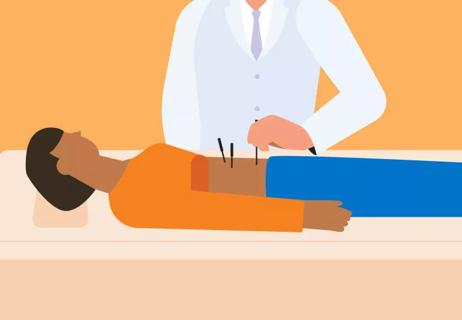
It’s great for stress relief, which can go a long way when you’re trying to conceive
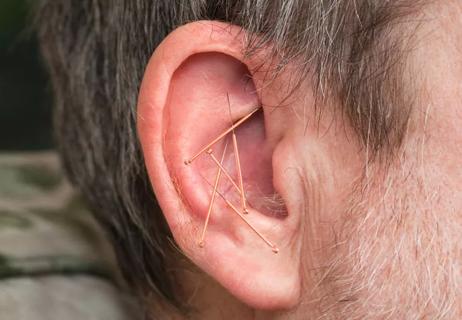
Discover the benefits of this ear acupuncture technique
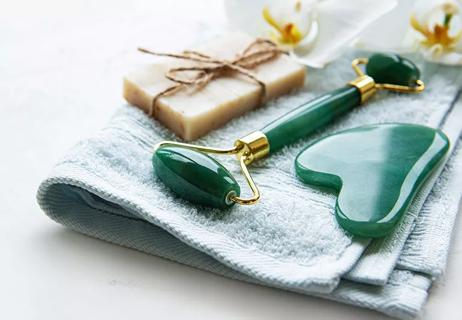
Find out what it is and how it can help the body heal
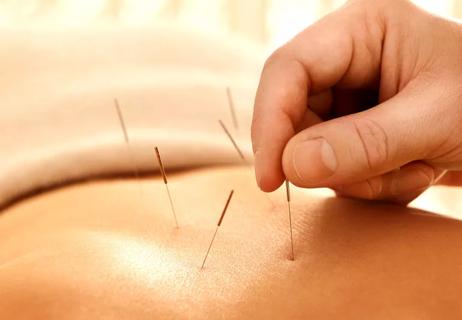
Test your knowledge about this ancient medical art
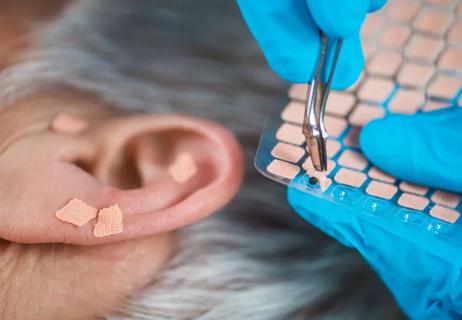
Acupuncture, herbs and hypnotherapy curb cravings naturally
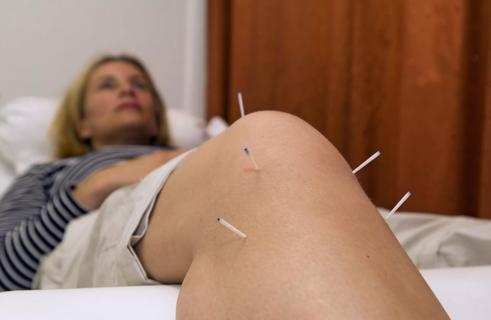
Traditional Chinese medicine technique recommended for chronic pain

New government advisory recommends non-addictive options first

Both can help reduce pain, but they’re very different in terms of origins, philosophies and practices

Type 2 diabetes isn’t inevitable with these dietary changes

Applying a hot or cold compress can help with pain